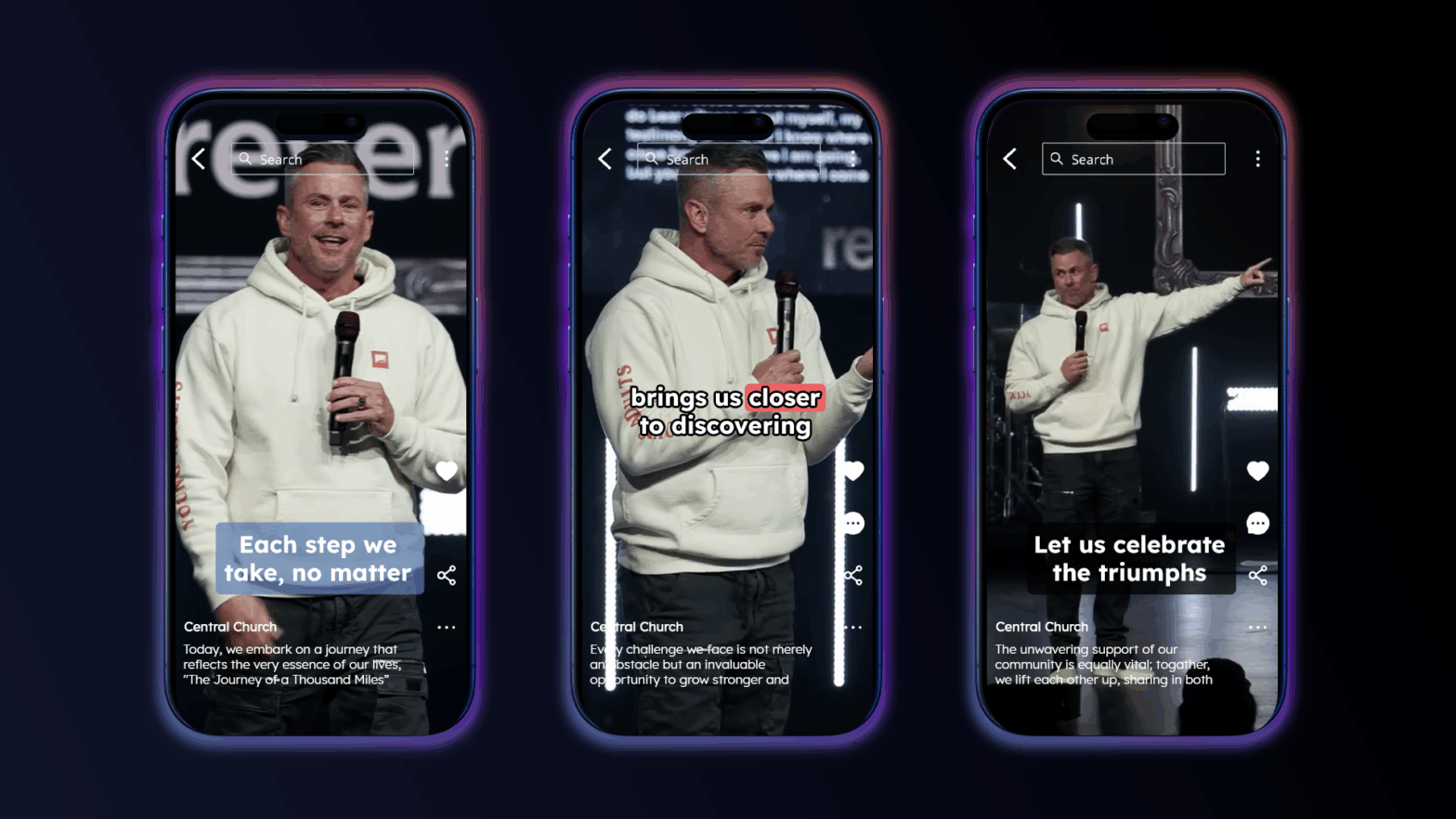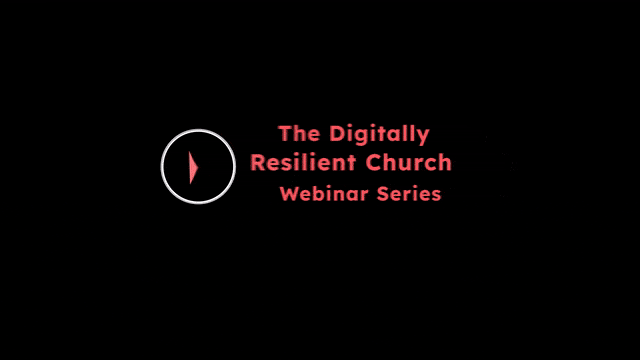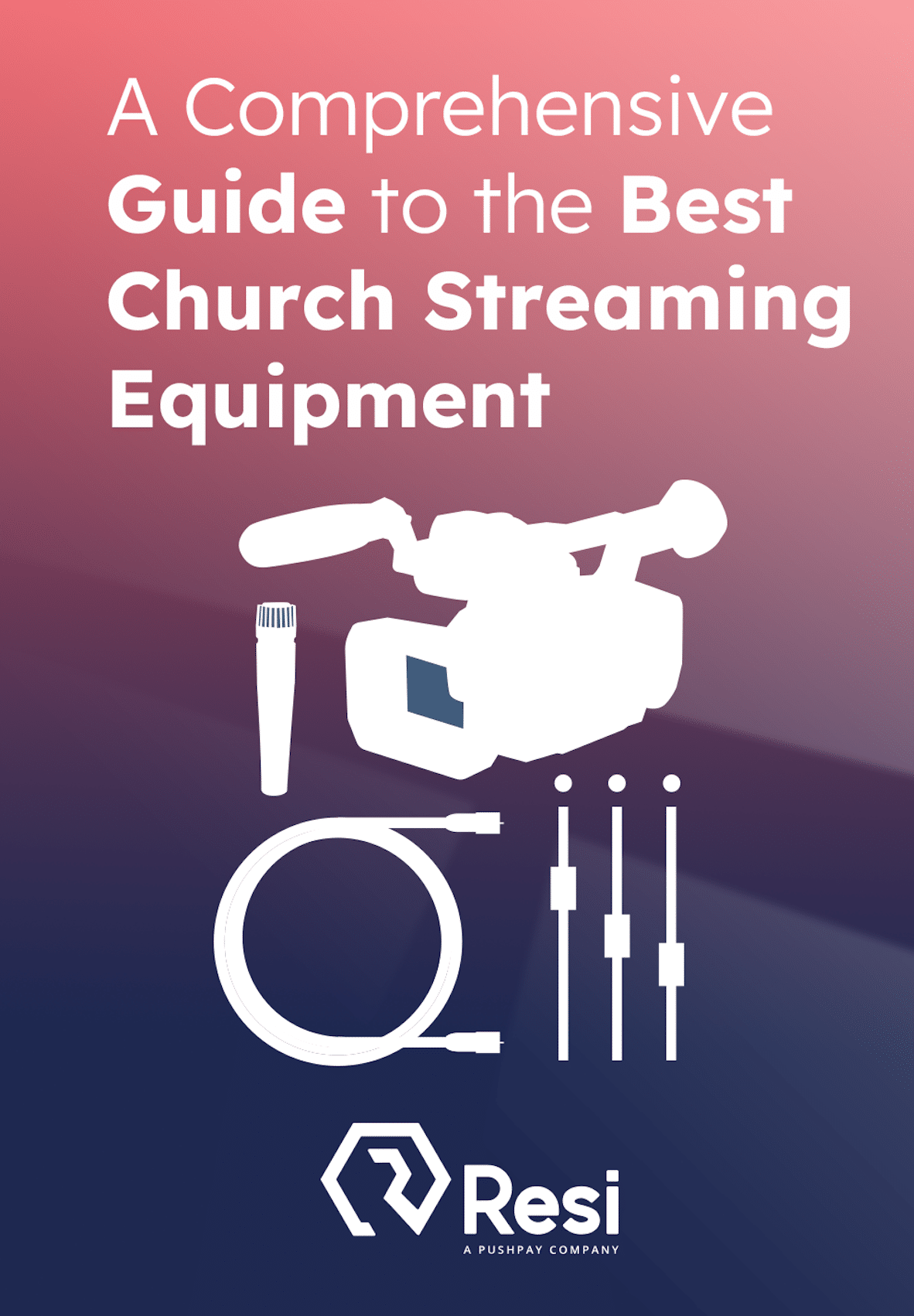
Short-form video has moved from trend to expectation.
Over the past couple of years, every major social media platform has pivoted to at least include short-form vertical video: Instagram and Facebook Reels, X, Youtube Shorts, and, of course, TikTok.
Platforms built around quick, snackable clips now shape how audiences discover new creators and organizations.
The result is simple: If your content isn’t optimized for short-form discovery, you are missing chances to connect. For teams that create long-form videos — sermons, lectures, meetings, or events — that gap creates a familiar tension.
Long-form captures depth and context. Short-form drives reach and repeat discovery. The practical question is how to convert one into the other without a massive investment of time.
Algorithms amplify short-form content because it reliably keeps people watching and engaging. Platforms reward content that generates likes, comments, rewatches, and shares by putting it in front of more people. That feedback loop pushes short videos into more feeds, increasing organic reach for creators who master the format.
In many cases short-form clips outperform longer videos on raw engagement rates and on-platform visibility, which makes them essential for discovery strategies aimed at growth.
What the Data Says About Short-Form Performance
While it’s important to live stream and then store those streams so they can be accessed in an on-demand format,
Short-form videos often deliver unusually high completion rates, and high completion is a strong signal to recommendation systems.
Short clips can hold attention for a larger percentage of their run time than longer formats, and that behavior matters to platforms that want users to stay. According to Wistia, videos posted online under 90 seconds retain 50% of their viewers, and that percentage drops considerably the longer the video.
According to another study, short-form videos generate 2.5x the engagement over long-form videos. That’s a 250% increase!
In practice, that means a well-edited 30–60 second clip has a much higher chance of being promoted by an algorithm (and, thus, seen) than a longer, unedited source video.
Beyond completion rates, brands and creators report that short-form content drives the kinds of micro-conversions that matter: Profile visits, follows, shares, and click-throughs to longer content.
And all of this makes sense, right?
Short clips function as discovery hooks. When one catches on, it sends new viewers down a content funnel where they may find a longer talk or a full lecture. Optimizing for short-form is therefore an investment in long-term discoverability and audience growth.
Why Transcripts and Metadata Matter
Short clips are only half the puzzle. Search and accessibility require text.
Transcripts make spoken content crawlable by search engines and easier to index on your own site or media hub. Captions and accurate transcripts increase accessibility for viewers who are deaf or hard of hearing and for people watching without sound. They also improve discoverability because search systems rely on text more than audio or video alone.
Adding structured metadata — titles, descriptions, and tags — helps your clips surface for the right queries and audience signals. Thoughtful metadata connects the clip to the broader context of the source video and to topics people are actually searching for.
In short, transcripts and metadata turn ephemeral moments into assets that can be found, shared, and reused.
The Real Cost of Manual Clipping
Manually identifying highlights, transcribing, captioning, and creating copy for titles and tags takes time.
For organizations with limited staff, that work creates a bottleneck. Media teams can spend hours per video on tasks that are essential but repetitive. Those hours could be spent on planning, community engagement, or higher-value creative work that algorithms cannot do for you.
Automation tools address this gap by reducing repetitive labor and speeding up the path from recording to distribution. Smart clipping and auto-captioning does not remove human judgment. It reduces the time between capture and impact, freeing teams to refine tone-sensitive pieces or plan distribution strategies rather than performing rote editing tasks.
When it comes to picking a platform to assist your post-production workflow, you’ll save a whole lot of time by finding one that directly integrates uploads and clipping into a singular workflow. Even better if you can find one with AI-enhanced automation.
Luckily, Resi has you covered.
Studio AI and Clips: A Practical Answer
Studio AI, and its Clips feature, are designed to solve the discovery problem at scale.
Clips automatically identifies high-potential moments from long-form video and formats them for the platforms that drive discovery today. The feature also provides auto-generated captions and suggested copy for titles, tags, and descriptions.
That bundle is practical: It reduces the number of manual steps required to publish short-form content, and it improves the odds that clips will be discovered by algorithmic recommendation systems.
Because Studio AI is built natively into Resi Studio, teams do not have to export files, move between apps, or assemble disparate tools to get the job done. Clips can be accepted as-is or edited manually for nuance and voice. Transcripts are available from the same interface, making content searchable and useful for repurposing. The result is a faster, repeatable workflow that converts work you already do into ongoing discoverability.
How Clips Fits Into a Modern Content Strategy
Think of Clips as the practical bridge between production and distribution. Use it to seed social platforms with short, engaging hooks that invite discovery. Keep your longer pieces in a searchable library with transcripts and metadata that support SEO and internal reuse.
When a clip performs well, use that signal to create follow-up content or expand into longer-form formats with a built-in audience.
Clips also supports thoughtful stewardship of content. Because you can accept or reject any AI suggested metadata or caption, your team retains full creative control. Automation is applied as assistance. People remain in charge of tone and editorial priorities.
That combination of speed and control is well suited to organizations that need to scale reach without compromising voice.
Create faster. Share smarter. Reach further.
Short-form video will not replace long-form content. It will, however, determine how your audience finds it. For teams who want to be found, the path is clear: produce well, tag diligently, and use tools that reduce friction between capture and distribution. Studio AI and Clips package those steps into a single workflow that respects both speed and quality.
If your organization wants to increase discoverability, scale output, and reclaim time for higher-level work, start by making short-form a regular part of your publishing cycle. Use transcripts and metadata to make that content discoverable beyond the feed. Let automation handle the repetitive tasks, then invest the time you save into strategy, community building, and content that requires human care.
Getting Started with Studio AI
Short-form video isn’t a gimmick or a fad. It’s the practical mechanism by which discovery happens in today’s social ecosystems. Converting long-form content into short, searchable clips is a technical task and a strategic one.
Tools that accelerate that work while keeping human judgment at the center provide the strongest path forward. Studio AI and Clips are built to do exactly that.
Schedule a demo today to see Studio AI and Clips in action.







